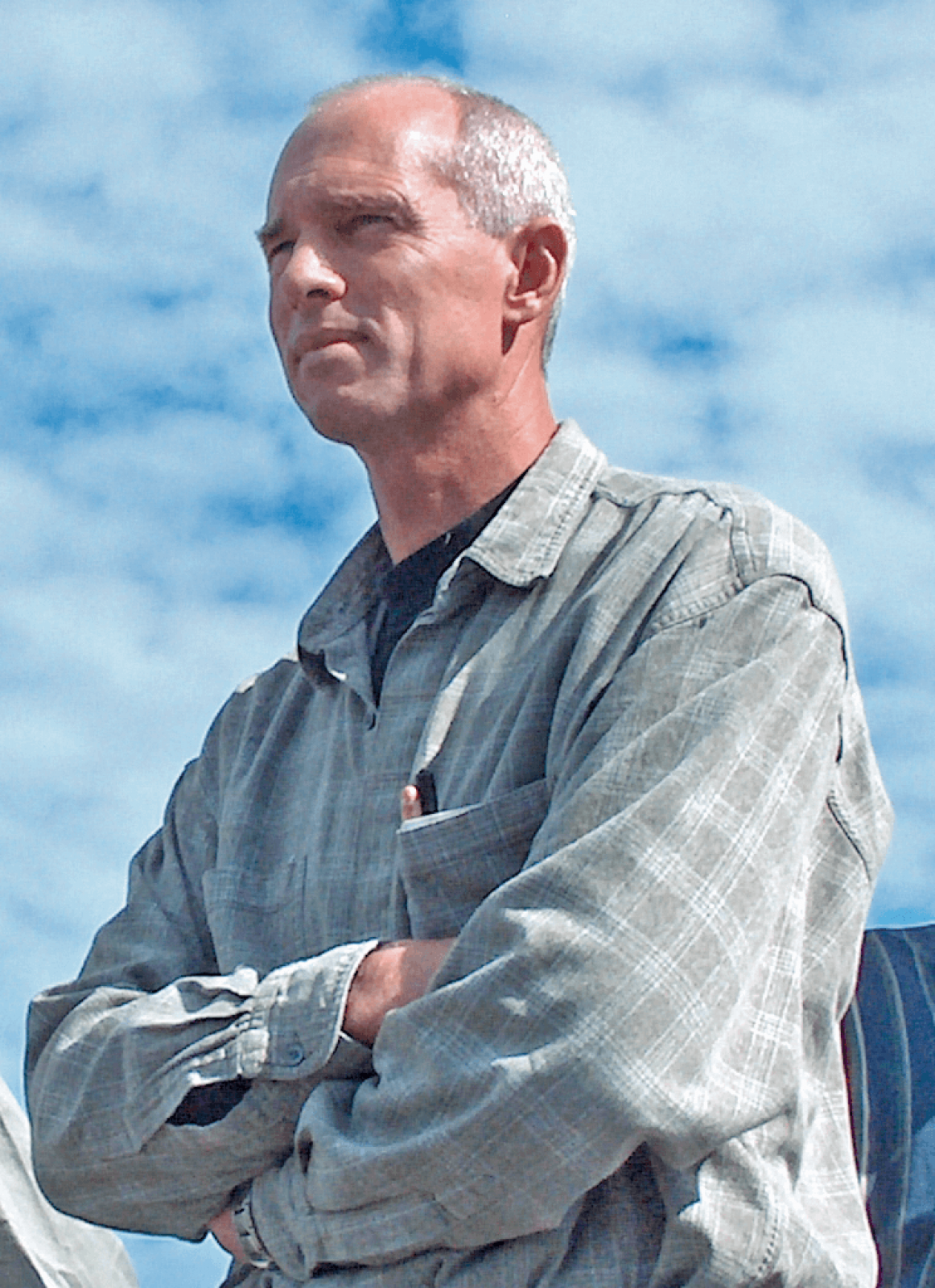October 1, 2017

Let’s educate the trade
John Bakker III operates J.C. Bakker and Sons, a St. Catharines, Ont.-based nursery in business for over 50 years. Bakker’s grows a broad range of woody ornamental nursery stock, specializing in top-grafted standards, such as Caragana, weeping pussy willow, Euonymus, lilac, ginkgo, crabapple and catalpa. It also produces over 150 types of roses in addition to flowering shrubs, evergreens and shade trees, and is an industry leader in development and testing of the newest available genetics.
How has the grower sector evolved in recent years?
One thing that has changed over the last number of years is that a lot of the new introductions are being brought out by the large brand companies like Proven Winners, First Editions and so on. That has really changed things, from years ago when we used to do a lot of plant searching ourselves, finding new varieties and going through the efforts of introducing them. Now, a lot of the new varieties and breeders who have developed new plants are going to the branding companies because of the exposure and the sales that they can see working with many companies, as opposed to just giving it to one grower.We always like to have new varieties to offer to the industry because it provides an edge on sales; people are always looking for something different, and something that nobody else has.
Now, with plants from the large branding companies, growers don’t get the exclusivity that they used to get when a plant was developed — and offered — solely by them. However, there are advantages because of the brands’ ability to market and get the promotion out there with their marketing dollars. The two go hand-in-hand, you have to have a great new product, and you have to get it known out there in the world, and it takes a lot of effort to promote something properly.
How has the grower sector evolved in recent years?
One thing that has changed over the last number of years is that a lot of the new introductions are being brought out by the large brand companies like Proven Winners, First Editions and so on. That has really changed things, from years ago when we used to do a lot of plant searching ourselves, finding new varieties and going through the efforts of introducing them. Now, a lot of the new varieties and breeders who have developed new plants are going to the branding companies because of the exposure and the sales that they can see working with many companies, as opposed to just giving it to one grower.We always like to have new varieties to offer to the industry because it provides an edge on sales; people are always looking for something different, and something that nobody else has.
Now, with plants from the large branding companies, growers don’t get the exclusivity that they used to get when a plant was developed — and offered — solely by them. However, there are advantages because of the brands’ ability to market and get the promotion out there with their marketing dollars. The two go hand-in-hand, you have to have a great new product, and you have to get it known out there in the world, and it takes a lot of effort to promote something properly.
What do you look for when adding a new plant to your lineup?
We work closely with the branding companies to see what fits our industry and what fits us as a grower. We look for material that is more hardy than most, because we’re shipping to a colder climate for most of our customers. We are also looking for things that are unique and different; there are a lot of things that come out that are new but aren’t necessarily so different these days. It becomes more and more difficult to find something that is going to set you apart, and something different from what is already offered on the market.Plants that we look for, first of all, have to suit our climatic zone. It’s got to be either very unique or a significant improvement on something that we already have. In other words, the plant either has to be a step up, or it’s got to be extremely different.
Can landscape designers, architects and contractors better utilize new plants?
We’d like to see that area grow, and it is difficult because a lot of plant material that is specified in jobs leaves us thinking, ‘we have so much better things to offer,’ because they’re asking for old genetics and plant material. We know that there are other plants that would perform even better, and yet we’re forced to supply some of the older material. Part of it is that they want the tried-and-true. They put it in and it has to do what they want it to do or they may have an unhappy customer. So they tend to stick with what they know. Over time the trade does come around to newer products, but the process is very slow.I think we need to see the schools where these professionals are being trained providing students with more awareness of new products. And this is something we try to get across when we connect with industry professionals at trade shows and other events.
Do you have a question to suggest, or a mentor to recommend? Please email editor@landscapetrades.com.